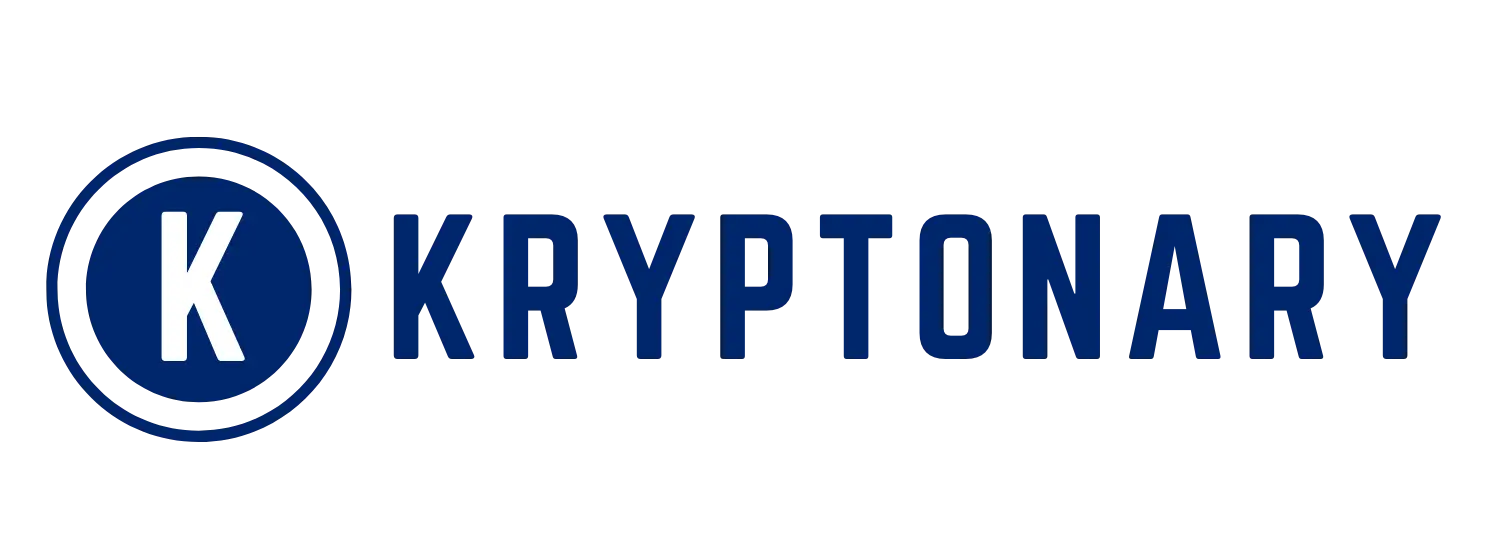The healthcare subsidiary Johnson & Johnson (J&J) has posted its first-quarter earnings, which contain a beneficial revenue report on ‘drug sales’ but an unfavorable outlook scared by the impact of tariffs by the Trump administration. Although its earnings surprisingly surpass Wall Street’s expectations, the potential trade disruption risks are still far from the radar.
Earnings Beat: Cancer Drugs Drive Success
The first quarter revenue and profit from J&J came in well above the analysts estimates, marking a positive curve, also considering that the sales of J&J’s cancer drugs performed significantly better than other areas. This consistently improving performance has become one of the primary powerful driving factors.
Increased Sales Forecast: A Boost from Caplyta
The company has added 700 million, allowing them to revise their 2025 sales forecast, reporting it increased this time. This optimism stems from adding Caplyta, a schizophrenia drug, to their possession, and also the pharmaceutical division of J&J has acquired this drug, strengthening its sales outlook.
Profit Outlook: Tariffs Temper Expectations
In contradicting top-line growth expectations, J&J decided not to change his profit assessment, which, along with the increased sales forecast, seems difficult to achieve. Tariffs worry the company and remain the greater concern lingering in the lower expectations. The purchase of Intra-Cellular, a neurological drugmaker, set at 14.6 billion, also aids the profit outlook.
The Growing Concern: A Threat That Can’t Be Underrated.
The J&J earnings report comes at a time when the healthcare sector is on high alert because of President Trump’s trade policies. The proposed tariffs by the government on trade allies cannot be overlooked, especially for China, since the country is a dominant supplier of raw materials and ingredients required in the pharmaceutical and medical device industries. Furthermore, it alienates global supply chains and profitability.
Estimating the Tariff Cost: A $400 Million Shortfall.
During an interview, the chief executive officer of J&J, Joe Wolk, has openly accepted the financial impact of these tariffs. He states, The company’s medical device division expects approximately $400 million of tariff-related costs in the business starting in the second quarter. The estimates provided relate to the effects of tariffs that are already operational and include those from China, Mexico, and Canada, albeit some of the tariffs are frozen temporarily.
Market Reaction: Shares Swing in the Air of Uncertainty
In the beginning, J&J’s shares incurred a modest drop during the pre-session exchange, reflecting the market’s heightened sensitivity to the possible economic ramifications of the tariffs. J&J’s stock this year has performed well, independently of the volatility caused by the market’s uncertainty over tariffs. The S&P Healthcare Index has also shown modest gains during this period.
Drug Segment Outperforms Devices in Quarterly Sales
J&J’s quarterly sales reached $21.89 billion, which is a 2.4% increase compared to the prior year and also surpasses the analyst expectation of $21.56 billion. The company’s drugs segment performed exceptionally; the revenue increased to $13.87 billion, which is a 2.3% increase, surpassing analysts prediction of $13.43 billion. Medical devices revenue also increased by 2.5% year-on-year but fell short of Wall Street expectations, coming in at $8.02 billion against $8.17 billion.
Sales from Business Unit: Drug Sales: Darzalex and Stelara
The primary reason for J&J Pharmaceuticals achieving their overall goal was their performance in setting a 20% increase in sales of Darzalex, a blood cancer therapy first marketed in 2015. Darzalex received an estimated sales boost to $3.24 billion for the first quarter, surpassing expectations of 3.05 billion. On the other hand, sales of Stelara, a drug used to treat psoriasis, which is losing to biosimilar competition, dropped over 33% to 1.63 billion. However, sales exceeded the expected 1.42 billion.
Analyst Focus: Understanding Macro Dynamics
As noted by Guggenheim analyst Vamil Divan, investors seem to be far more concerned with tariffs and other macro impacts on J&J and its peers than on company-specific growth drivers. This reflects how deep global economic factors have an impact on the healthcare industry.
Takeaway: A Balancing Act of Growth and Uncertainty
J&J’s first-quarter earnings report paints a somewhat mixed picture. While the company is performing well, especially in its pharmaceuticals business, it has also raised its sales forecast. However, the looming threat of tariffs introduces a stark concern. The healthcare sector, similar to many others, is dealing with economic uncertainty and the industry’s policymakers will be decisive in determining the direction of its policy.















